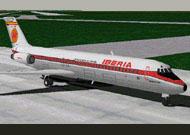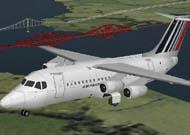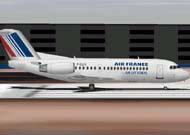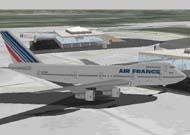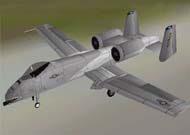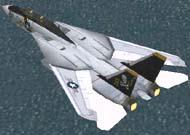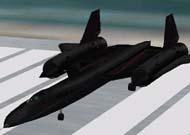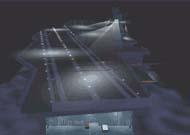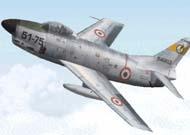For Sale
Other Related Items:
Search
- RSSGet updates
- Google PlusJoin our circle
- TwitterFollow us
- FacebookBecome our fan
737 PILOT IN COMMAND
Battle of Britain II Wings of Victory
Beech D17 "Staggerwing"
CH Products
Commercial Level Simulations A300R
featured
FS2002 PRO/FS2004 Douglas C-133B Cargomaster
FS2002/FS2004 "Saudi Hawks" Display Team GMAX
FS2002/FS2004 Fairchild 24R
FS2002/FS2004 Grumman F4F Wildcat
FS2002/FS2004 Piaggio P-166S VERSION 1.0
FS2004 1938 Fairchild 24 R
FS2004 ANTONOV AN24
FS2004 Beechcraft Bonanza 1968 V35A
FS2004 Hawker Sea Fury FB11 G-Fury
FS2004 He 111H-6
FS2004 Mil Mi-2
FS2004 MORANE SAULNIER 500 and 505
FS2004 North American SNJ-5 NAS GLENVIEW (1956)
FS2004 Sean D. Tucker's Challenger II
FS2004 WSK-PZL Mielec (Antonov) AN-2T
HELI-KIT
Lukla-Mount Everest
Mega Airport Frankfurt
Operations Manual?
spotlight
TRIPLE HEAD GO
USB Throttle Quadrant
VIETNAM CARRIER OPS
WILCO PUBLISHING
Recent Posts
Categories
Pages
More…
Specials
Tags
737 PILOT IN COMMAND
Battle of Britain II Wings of Victory
Beech D17 "Staggerwing"
CH Products
Commercial Level Simulations A300R
featured
FS2002 PRO/FS2004 Douglas C-133B Cargomaster
FS2002/FS2004 "Saudi Hawks" Display Team GMAX
FS2002/FS2004 Fairchild 24R
FS2002/FS2004 Grumman F4F Wildcat
FS2002/FS2004 Piaggio P-166S VERSION 1.0
FS2004 1938 Fairchild 24 R
FS2004 ANTONOV AN24
FS2004 Beechcraft Bonanza 1968 V35A
FS2004 Hawker Sea Fury FB11 G-Fury
FS2004 He 111H-6
FS2004 Mil Mi-2
FS2004 MORANE SAULNIER 500 and 505
FS2004 North American SNJ-5 NAS GLENVIEW (1956)
FS2004 Sean D. Tucker's Challenger II
FS2004 WSK-PZL Mielec (Antonov) AN-2T
HELI-KIT
Lukla-Mount Everest
Mega Airport Frankfurt
Operations Manual?
spotlight
TRIPLE HEAD GO
USB Throttle Quadrant
VIETNAM CARRIER OPS
WILCO PUBLISHING
© 2014 Download – FSPLANET – Top Quality Flight Sims since 1997. All rights reserved.



